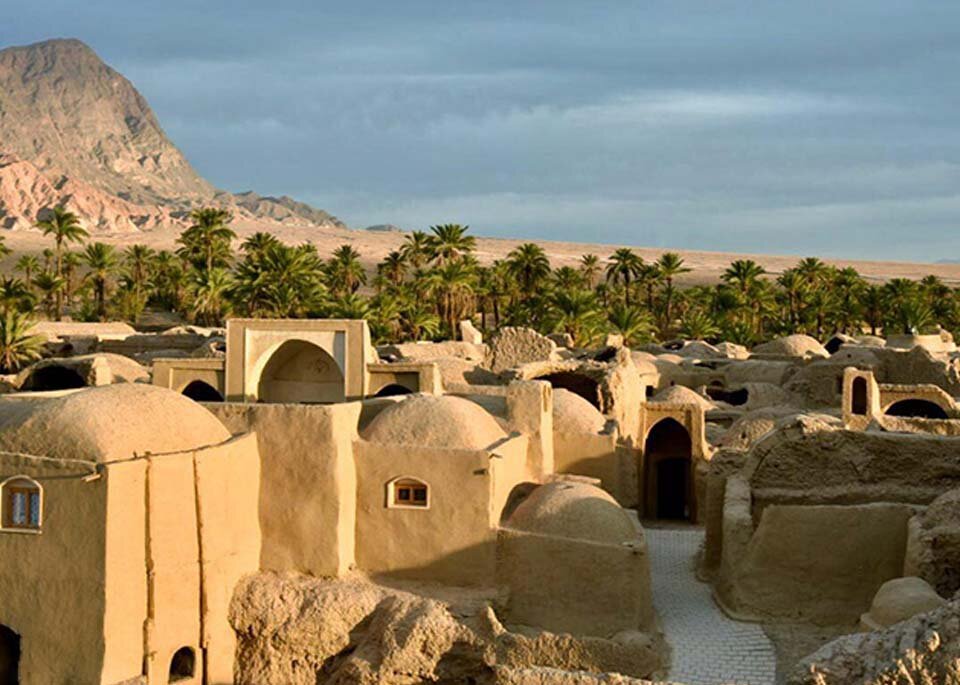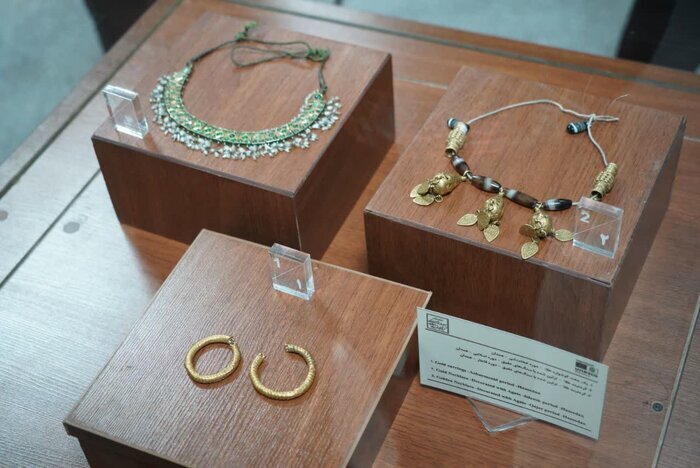
Similar Posts

Emergency Restoration Successfully Revives Sasanian Rock Relief of King Bahram II
The emergency restoration of the Sasanian rock relief of Bahram II at Tang-e Chogan, Bishapur, has been completed, highlighting the importance of preserving Iran’s cultural heritage. The project was initiated after a section of the relief, damaged in 2011 by a treasure seeker, collapsed again due to natural factors. Restoration experts used modern techniques to clean and reassemble the relief, which depicts significant historical scenes, including the king receiving an Arab delegation. This relief is notable for being the only Sasanian monument representing an embassy. The site is part of a UNESCO World Heritage site, showcasing the grandeur of the Sassanian era.

Discover the Imam Mosque of Isfahan: A Jewel of Iran’s Rich Historical Heritage
The Safavid era is a pivotal period in Iran’s history, renowned for advancements in science, culture, art, and architecture. Isfahan, the Safavid capital, houses many enduring monuments, notably the UNESCO-listed Naqshe Jahan Square. Central to this square is the Imam Mosque, celebrated for its stunning architecture, featuring a grand dome, expansive prayer halls, and intricately designed porches. Constructed nearly 400 years ago under Shah Abbas I, the mosque reflects architectural harmony and is adorned with exquisite decorations. It also includes a significant Mihrab and a solarium designed by Sheikh Bahayi, showcasing the blend of science and spirituality. This mosque is a testament to Iran’s rich cultural heritage.

Shiraz Welcomes Global Experts for Historic Mosques’ World Heritage Nomination Meeting
Shiraz recently hosted a two-day expert meeting to discuss the potential nomination of historic mosques from 26 Iranian provinces for UNESCO World Heritage status. Gathering cultural heritage specialists and officials, the event aimed to refine proposals for a serial property nomination, emphasizing the mosques’ cultural and religious significance. Notable mosques from Fars province, including Moshir and Nasir al-Mulk, were highlighted for their diverse architectural styles. This initiative follows the successful registration of 54 caravanserais last year and aims to preserve Iran’s rich heritage while promoting global appreciation of Islamic architecture. Participants expressed optimism about the mosques’ potential UNESCO recognition.

Hegmataneh Museum Showcases Stunning Golden Artifacts in Celebration of International Museum Day!
In celebration of International Museum Day, the Hegmataneh Museum in Hamedan unveiled three golden artifacts, offering a glimpse into Iran’s ancient cultural heritage. The event, led by provincial tourism chief Mohsen Masoum-Alizadeh, showcased a gold earring from the Achaemenid era, a gold bracelet from the early Islamic period, and a Qajar-era necklace, all exhibited for the first time under the theme “Gold and Time: Golden Narratives from Iran’s History.” Masoum-Alizadeh emphasized their historical significance and announced plans for the West Iran Regional Museum to further promote public access to Iran’s archaeological treasures.

Iran Welcomes 7.3 Million International Visitors in Last Persian Year, Reports Deputy Minister
Iran welcomed 7.3 million foreign tourists during the Persian year 1403, which ended on March 20, 2025, as reported by Deputy Minister for Tourism Anoushirvan Mohseni-Bandpey. This marks a significant increase from 6.38 million in the previous year, highlighting Iran’s growing appeal as a travel destination. The data, derived from reliable sources, also indicated over 36 million domestic trips during the Nowruz 1404 holidays. With 28 UNESCO World Heritage sites, Iran’s rich culture and history attract international visitors. The government’s focus on enhancing tourism infrastructure suggests continued growth and a promising future for the sector.

Iran Celebrates Nowruz with Enchanting Shahnameh Recitations by Ethnic Storytellers
Tehran is set to celebrate Nowruz with a unique initiative honoring Shahnameh khani, the art of reciting Ferdowsi’s epic poem, which reflects Iran’s diverse cultural heritage. The event will feature skilled storytellers from various ethnic backgrounds, showcasing recitations in multiple dialects, including Lurs, Kurds, Bakhtiaris, and Qashqais. The Tehran Cultural Heritage Office emphasizes that Shahnameh khani is vital for preserving Iran’s intangible heritage and cultural identity. Scheduled performances at significant locations, including Laleh Park, aim to deepen public engagement with this tradition, highlighting its importance in collective memory and storytelling within Iranian society.